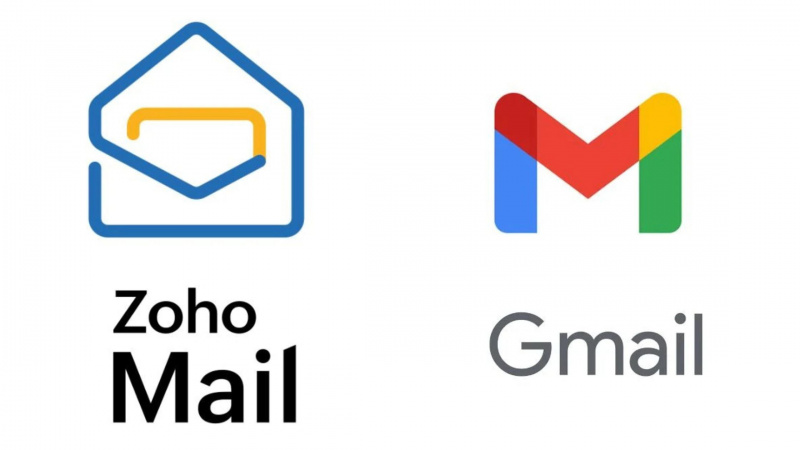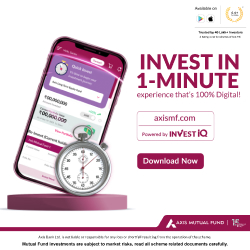GPT-5 Launch Analysis: Smarter AI, Fewer Hallucinations, or Just Marketing?
What’s Actually New in
- by Shan 2025-08-08 06:12:03
When OpenAI’s CEO Sam Altman took the stage to announce GPT-5, the internet lit up with bold headlines: “PhD-level expertise,”“Smarter than ever,” and“A game-changer for coding.”
The promise? An AI that can not only answer questions with more accuracy but also reason like an expert, code full applications from scratch, and cut down on one of the most frustrating AI habits: hallucinations.
But here’s the question that matters: Is GPT-5 truly a breakthrough or just a well-polished upgrade wrapped in marketing sparkle?
Let’s unpack the launch, the claims, and what it all means for developers, businesses, and everyday users.
What’s Actually New in GPT-5?
OpenAI’s pitch for GPT-5 rests on three big promises:
Better reasoning – Answers show clear logic and step-by-step thinking.
Smarter coding abilities – Can generate entire applications, not just snippets.
Fewer hallucinations – Less chance of making things up.
Key Improvements at a Glance
OpenAI calls GPT-5 a “reasoning model,” meaning it’s trained to slow down and think before responding. Instead of spitting out a quick answer, it tries to walk through the problem logically. This matters for fields like data analysis, legal research, or complex coding projects where precision counts.
Example:
Ask GPT-5 to build a budget-tracking app, and instead of just dumping a code block, it outlines the architecture, explains dependencies, and offers deployment tips.
OpenAI’s Claims vs. Expert Reality Check
Sam Altman compared GPT-3 to a high school student, GPT-4 to a college student, and GPT-5 to a “PhD-level expert in any topic.”
While that’s a nice metaphor, not everyone is buying it.
The Optimistic View
Better accuracy means less time fact-checking AI outputs.
More natural conversations could make AI feel like a true assistant rather than a tool you have to babysit.
Full-stack coding could save developers weeks of work.
The Skeptical View
AI ethicists warn that models still mimic human reasoning — they don’t actually “understand” concepts.
Some critics say the “PhD-level” label is marketing shorthand, not a measurable academic standard.
Independent testing will tell us whether hallucinations have really dropped or just become more subtle.
Pros & Cons Table
Where GPT-5 Sits in the AI Race
The launch isn’t happening in a vacuum. Big players are pushing their own “genius” chatbots:
Elon Musk’s Grok – Marketed as “better than PhD-level in everything”, integrated into X (formerly Twitter).
Anthropic’s Claude Code – Focused on clean, safe coding assistance.
Google’s Gemini – Banking on multimodal capabilities across text, code, and vision.
OpenAI’s edge with GPT-5? The free tier. Making the most advanced model widely available could pull in millions of casual users who might otherwise try competitors.
What GPT-5 Means for Developers
For developers, GPT-5 could be both a gift and a cautionary tale.
Potential Benefits:
Generate app prototypes in hours, not days.
Detect logical flaws in code through step-by-step reasoning.
Assist with documentation and API integration without endless manual searching.
Potential Risks:
Over-reliance could lead to “cargo-cult coding” using patterns without understanding them.
If hallucinations occur in code generation, debugging could become harder.
Real-World Scenario:
A fintech startup could use GPT-5 to build an internal expense-tracking dashboard. The AI outlines the database schema, writes the backend in Python, creates a React frontend, and offers test scripts freeing up human engineers to refine features and security.
Implications for Businesses Beyond Tech
Not every GPT-5 win will be in software. Businesses across sectors could see impact:
Customer Support – More accurate, context-aware replies to complex queries.
Marketing – Data-driven content suggestions and campaign analysis.
Legal & Compliance – Faster document review, though still requiring human verification.
Education & Training – Interactive, expert-level tutoring in niche subjects.
Pro Tip for Business Leaders:
Test GPT-5 in non-critical workflows first. See if it actually saves time and improves quality before rolling it into customer-facing systems.
The Regulation & Ethics Question
As GPT-5 becomes more convincing, questions about transparency and creator rights get louder.
Getty Images’ Grant Farhall pointed out: if AI content looks human-made, how do we protect the people whose work trains it?
Two big regulatory concerns are emerging:
Training Data Transparency – Knowing whose work was used to train GPT-5.
Compensation Models – Paying creators fairly when their work boosts AI performance.
Ethics experts like Gaia Marcus warn that AI capability is outpacing governance meaning public trust could erode if regulation lags too far behind.
Should You Upgrade to GPT-5?
Here’s a quick decision guide:
Read also: BharatGPT Mini vs ChatGPT: India’s First Offline AI Takes on the Global Giant
Key Takeaways
GPT-5 is an evolution, not a magic leap. It’s smarter, more transparent in reasoning, and claims fewer hallucinations but independent tests will reveal the truth.
Marketing vs. measurable skill – The “PhD-level” claim is catchy but subjective.
Practical adoption is key – Businesses and individuals should test GPT-5 in safe, low-risk contexts first.
The AI race is heating up – OpenAI’s competitors are matching pace, so users benefit from faster innovation.
Final Word:
GPT-5 is a strong step forward in AI usability, especially for those who value clearer reasoning and coding support. But like any powerful tool, it needs critical, informed use and maybe a pinch of skepticism to cut through the hype.

POPULAR POSTS
The Agentic Revolution: Why Salesforce Is Betting Its Future on AI Agents
by Shan, 2025-11-05 10:29:23
OpenAI Offers ChatGPT Go Free in India: What’s Behind This Big AI Giveaway?
by Shan, 2025-10-28 12:19:11
Zoho Products: Complete List, Launch Years, and What Each One Does
by Shan, 2025-10-13 12:11:43
Arattai vs WhatsApp: Which Messaging App Should You Choose in 2025?
by Shan, 2025-10-10 11:55:06
Top Buy Now Pay Later (BNPL) Apps for Easy Shopping in 2025
by Shan, 2025-09-22 10:56:23
iPhone 17 Sale in India Begins: Full Price List, Launch Offers and Store Availability
by Shan, 2025-09-19 12:00:45
Apple September 2025 Event Recap: iPhone 17, iPhone Air, Apple Watch Series 11, and India Pricing Revealed
by Shan, 2025-09-10 09:55:45
RECENTLY PUBLISHED

Loan EMIs to Drop as RBI Slashes Repo Rate - Full MPC December 2025 Highlights
- by Shan, 2025-12-05 11:49:44

Pine Labs IPO 2025: Listing Date, Grey Market Premium, and Expert Outlook
- by Shan, 2025-11-05 09:57:07

Top 10 Insurance Companies in India 2026: Life, Health, and General Insurance Leaders Explained
- by Shan, 2025-10-30 10:06:42

Best Silver Investment Platforms for 2025: From CFDs to Digital Vaults Explained
- by Shan, 2025-10-23 12:22:46

Zoho Mail vs Gmail (2025): Which Email Platform Is Best for Businesses, Startups, and Students?
- by Shan, 2025-10-09 12:17:26

PM Modi Launches GST Bachat Utsav: Lower Taxes, More Savings for Every Indian Household
- by Shan, 2025-09-24 12:20:59




 Subscribe now
Subscribe now 